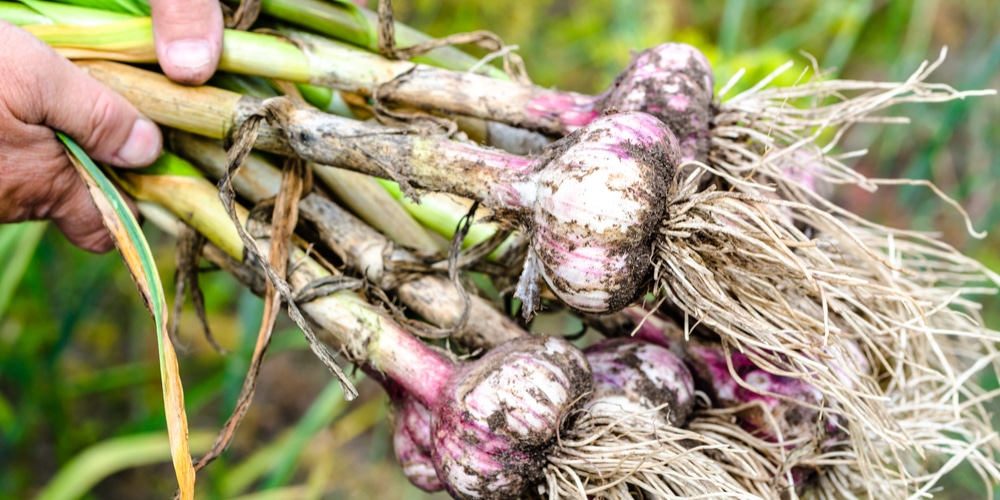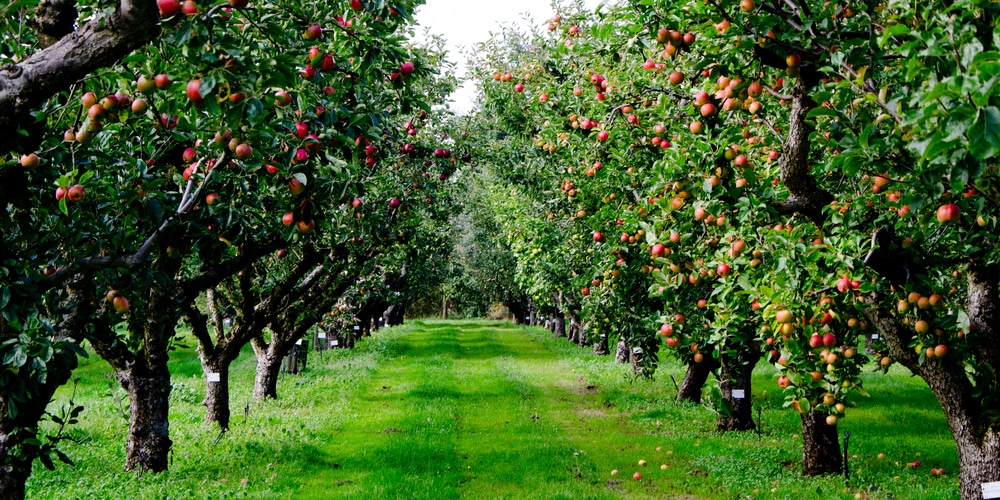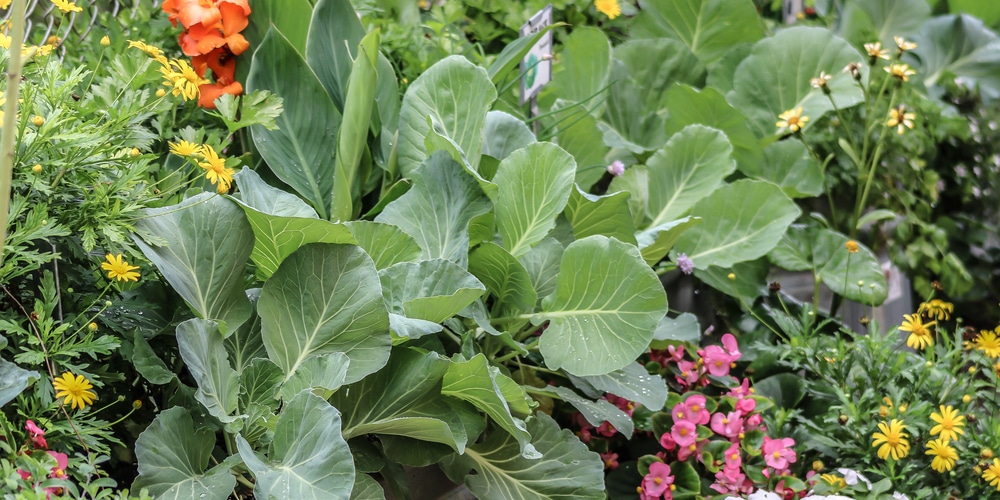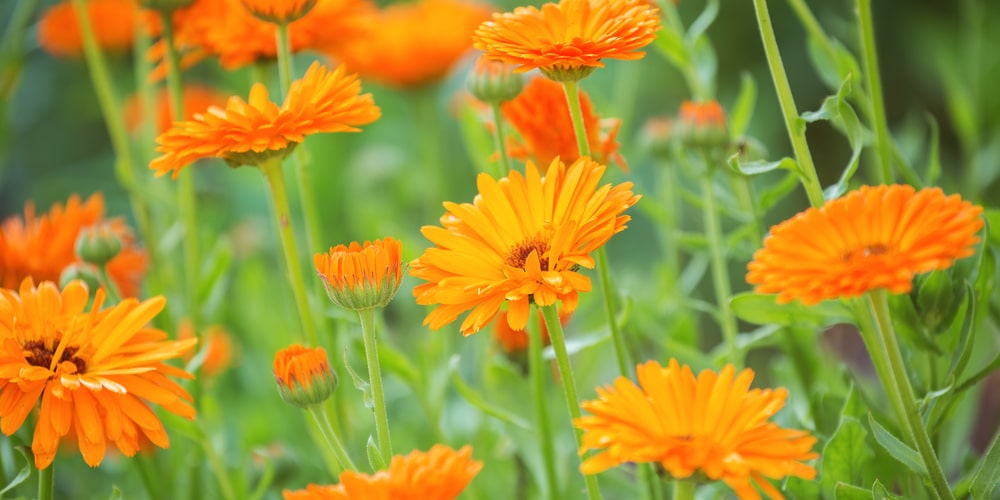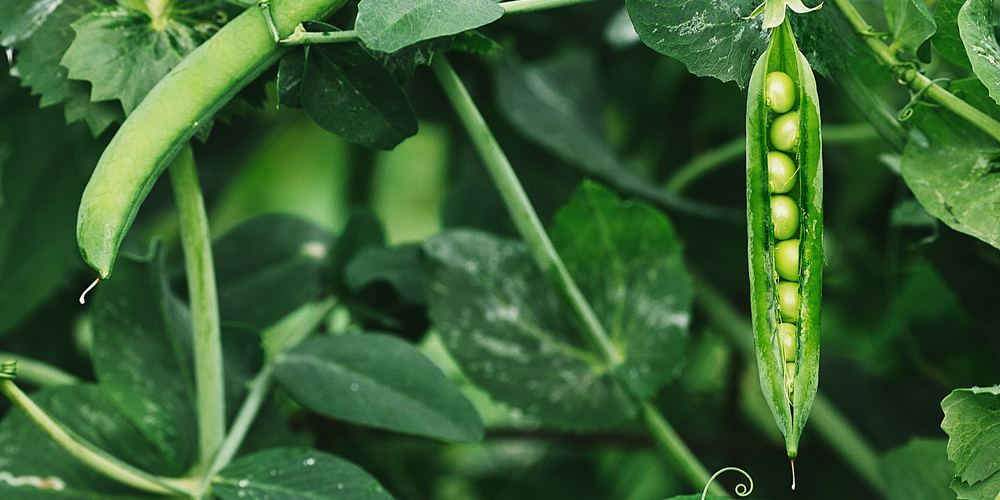Growing leeks in your garden can be exciting. These vegetables can help you add a new spin to your meals and soups, as they are similar to onions but sweeter and milder in taste. Also, leeks do not grow in bulbs but in thick stalks that might become the new protagonists of your meals. Let’s look at leek companion plants.
The Best Leek Companion Plants
One of the best things about growing leeks is that they don’t require much effort from your side and don’t take much space. Plus, under the proper conditions, you’ll be able to save some money on your groceries, which is never a bad idea.
To increase your chances of getting a fruitful harvest, you should consider applying the techniques of companion planting leeks. Companion plants can bring numerous benefits to your vegetables (and other plants) if you select them with care.
To learn more about which plants you can add to your garden to improve the yields and health of your leek plants, keep reading our essential guide. Indeed, not all plants will be suitable to grow next to your leeks.
Not only because some might be harmful and take away precious nutrients, but also because they might not do well in your climate zone. To help you get a better idea of what plants you can successfully grow as companions to your leeks, we put this list together. We hope you like it!
Alliums
Leeks thrive near members of their same family: onions, garlic, or shallots are all beneficial companion plants. Indeed, they have similar nutrients and soil requirements and will grow under the same circumstances with no additional care. However, you may have to watch out for pests and diseases.
Indeed, the same set of insects attacks all members of the allium family. Consider preventing them by adding pesticides or taking other measures to prevent the spread of potentially harmful infestations.
Also, you may want to add alliums together in moderation. A big patch of leeks and onions might be screaming to pests and pathogens: attack us. On the other hand, adding smaller, distant patches here and there won’t be so attractive for harmful insects.
Related Article: When to Plant Garlic?
Carrots
If you are looking for something to help you with pests, carrots might be your life savior. These crops can repel most insects, including fruit flies, which will considerably increase your vegetables’ yields. Carrots sprouts emit a strong smell that scares away harmful insects.
Plus, when flowering during the summer, these root vegetables attract beneficial pollinators that further increase your chances of getting a rich harvest of leeks. Also, carrots break the soil as they grow, making it lose and helping your plants produce larger leek bulbs.
Beets
Beets and leeks have similar needs and preferences and perform well when together. Leeks contribute to repelling the white caterpillars and flies that attack beets.
In turn, these vegetables act as cover beds and improve soil water retention. To increase yields, you can try combining cabbage, beets, and leeks in the same bed: doing so will also help you save space in your garden.
Fruit Trees
Several fruit trees benefit from the closeby growth of leeks. Leeks repel insects that might pay on fruit trees, such as slugs, borers, or mites, and prevent fungal diseases.
In particular, apple trees like leeks around them because they prevent scabs on their fruits. However, for the mutual relationship to be effective, you have to plant leeks about three years after your tree and a few feet from its trunk.
Celery
Celery and leeks perform well together because they support each other in their growth. Indeed, celery is a bushy plant that can aid leeks’ verticality. Consider squeezing the two plants together in your garden plot. Because both plants have high potassium requirements, you can treat the area with adequate fertilizer and save some space in your yard.
Additionally, leeks will contribute to repelling carrot root flies, aphids, and leaf miners that usually cause damage to celery plants. Some gardeners argue that leeks can make celery sweeter: while there is no scientific proof for this claim, you won’t lose anything by trying!
Cabbage
Cabbage, like beets, does well with leeks. Indeed, some gardeners like to plant the three together to make the most out of their mutually beneficial relationship. Adding cabbage next to leeks is a way to save some space in your garden. Plus, they will repel each other’s harmful insects, resulting in better yields and less money spent on pesticides.
Strawberries
Strawberries do well with most members of the allium family. The strong odors that leeks, onions, and garlic release repel many pests that feed on the plant’s delicious berries. Plus, strawberries act as ground covers and help retain moisture and nutrient content in the ground. The result will be healthier leeks and more productive crops.
Calendula
Consider adding some calendula flowers as a cover for your leek plants if you would like to improve your garden’s aesthetics. They do not only add a splash of color to your yard but will also benefit from staying close to leeks. These plants act as repellents because of their flavor and aroma. If you prefer other flowering plants instead, you can try with nasturtium and poppies: you will most likely get similar results.
What Not To Plant With Leeks: Beans and Peas
Besides knowing what works well with leeks, you may benefit from learning what you should avoid. Doing so will help you prevent causing damage (without knowing it) to your plants. Avoid placing beans and peas close to leeks. While no scientific study seems to back this claim, gardeners experience stunted growth when those two plants are near leeks.
Leek Companion Plants: The Bottom Line
This companion planting leeks guide should have helped you find a couple of plants that might do well with leeks and suit your garden’s conditions. Remember that leeks are the ideal companion of most plants because of their pest-repellent abilities.
However, to ensure optimal growth of both plants, you’ll have to select a species that will thrive under the conditions you plant it. Consider the type of soil, precipitation frequency, temperature, and wind conditions you have in your garden to select a proper companion for your leeks.
